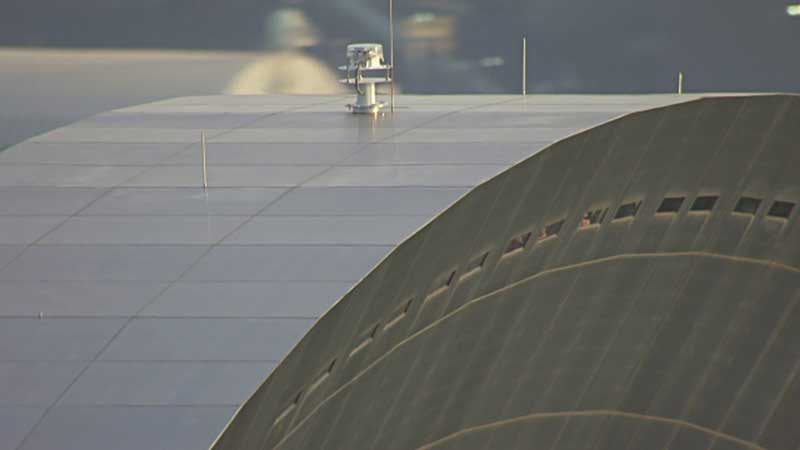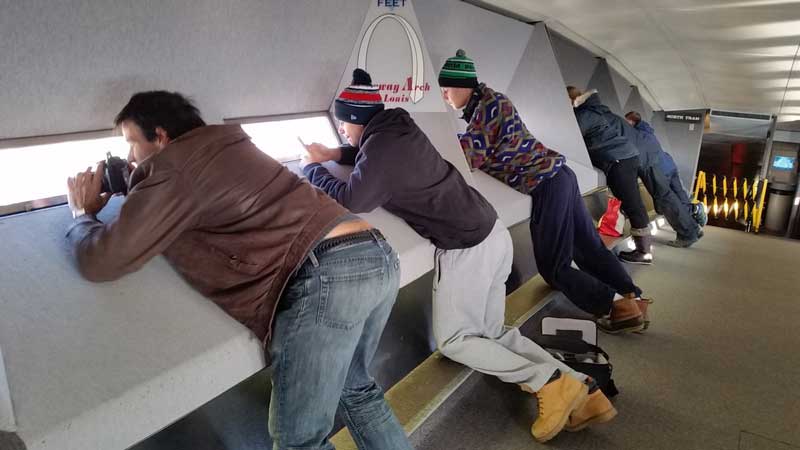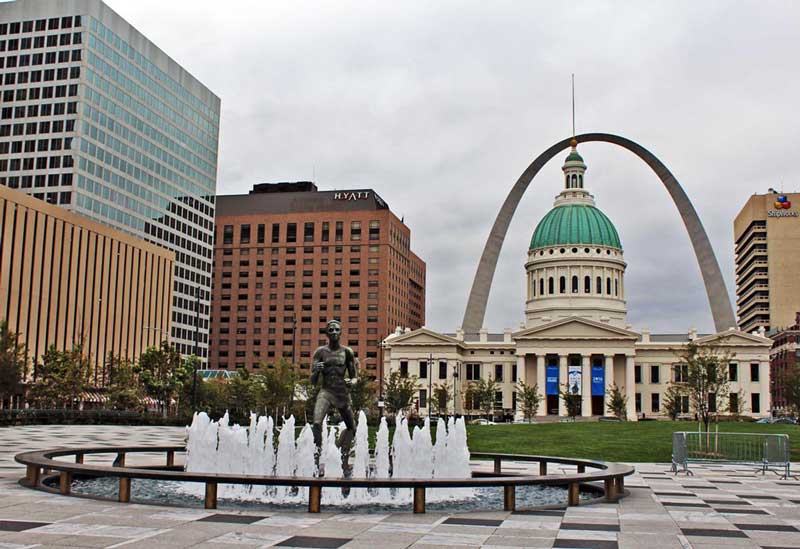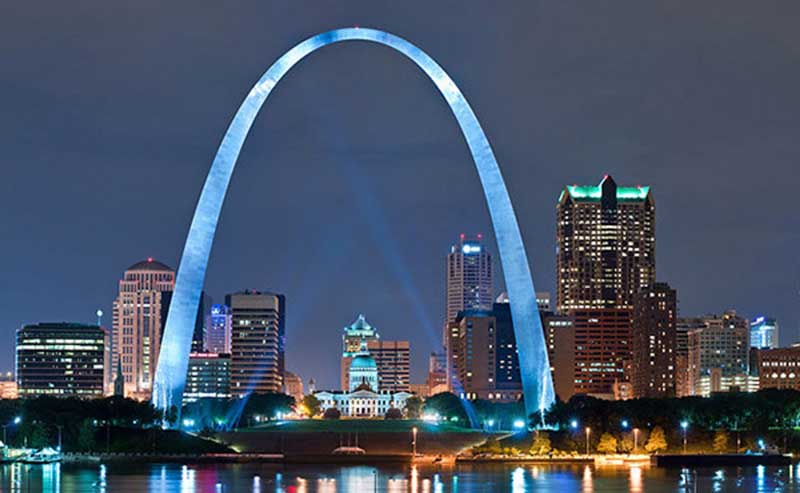
Clad in stainless steel and built in the form of a weighted catenary arch, the 630 feet (192 m) tall Gateway Arch monument in St Louis, Missouri in the United States is the tallest stainless steel arch in the world and the tallest man-made monument in the Western Hemisphere. Located along the western bank of the Mississippi River, the majestic arch was named from the city’s role as the ‘Gateway to the West’ during the westward expansion of the US in the 19th century and was dedicated to the people of America. It is the centerpiece of the Gateway Arch National Park in St Louise and is internationally regarded as the iconic symbol of the city.
Designed by Finnish-born American architect Eero Saarinen in 1947, the foundation stone for the construction of the elegant arch was laid in 1961, however the construction of the arch itself began on 12 February1963, as the first steel triangle on the south leg was eased into place. The process of construction was delayed several times, due to various lawsuits and was finally completed on October 28, 1965. However, it was opened to the public on 24 July 1967, after completion of one of the trams to carry the visitors to the top of the arch.

The arch consists of 142 prefabricated steel sections, each with a length of 12 feet (3.7 m). Each section had its double-walled skin filled with concrete, pre-stressed with 252 tension bars. Like the height of the arch, the distance between its two legs is also 630 feet. The legs are 54 feet (16.5 m) wide at the base, narrowing to 17 feet (5.2 m) at the top of the arch. The arch is hollow to accommodate a unique tram system that takes visitors to an observation deck at the top.
Two trams, each consisting of eight cars, carry up to five seated people at a time to the viewing platform at the top of the arch. There are sixteen windows face east, and the same number face west, from where the visitors can enjoy the stunning and breathtaking views of the city, stretching up to 30 miles to the east and west.



The base of the arch houses the Museum of Westward Expansion, opened on 10 June 1967.The 70,000 sq feet centre is located directly below the arch, between its legs, which can be accessed through the ramps adjacent to each leg of the arch. Apart from the exhibits about the construction of the arch, the museum also displays the American life during the 1800s. The museum also houses two theaters displaying films about the arch. The older theater opened in May 1972, while the newer theater, called the Odyssey Theatre, was constructed in the 1990s and features a four-story-tall screen.

Unfortunately, the tallest stainless steel arch in the world stood unlighted for more than 35 years. The first proposal to illuminate the Gateway Arch at night was announced on May 18, 1966, but the plan never materialised. After a long wait, it has been bathed in white light since November 2001, between 10 pm and 1 am via a system of floodlights. Designed by Randy Burkett, the system comprised of 44 lighting fixtures situated in four pits just below the ground level. On 5 October 2004, the US Senate approved a bill permitting the pink illumination of the arch in honor of Breast Cancer Awareness month and on 25 October the plan was implemented. Previously, on 12 September 1995, the arch was illuminated for promotional purposes, when a rainbow spectrum was shone on the arch.


Listed as a National Historic Landmark on 2 June 1967, the Gateway Arch in St Louis is also included on the National Register of Historic Places. Today, it is one of the most visited tourist attractions in the world with over four million visitors annually, out of which around one million travel to the top.